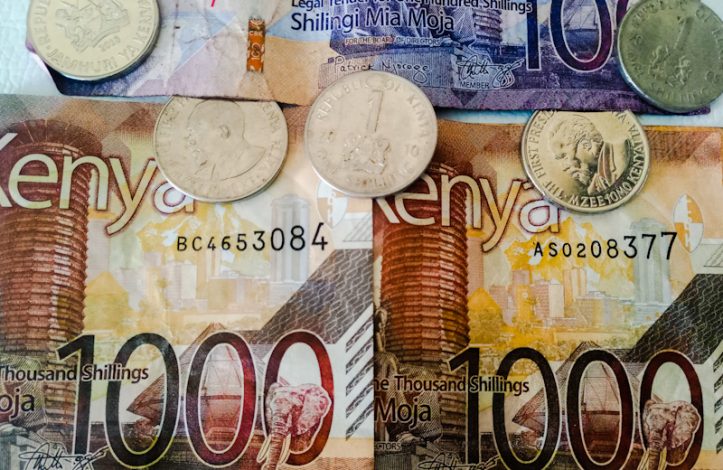This content has been archived. It may no longer be relevant
Kenya’s foreign-currency holdings slipped to USD 8,298.4 million (KSh879.58 billion) (5.04 months of import cover) as at March 19 from USD 8,508 a month earlier on 20 February.
Market analysts attribute the shortfall in Forex reserve partly to maturity of the 2-year USD 234 million syndicated loan.
This saw the Shilling depreciating by 4.2% against the US Dollar during the week to close at Kshs 105.1, from Kshs 102.4 recorded last week, making it a 4.5-years low, prompting Central Bank of Kenya to sell dollars to limit the losses.
“On a YTD basis, the shilling has depreciated by 3.7% against the dollar, in comparison to the 0.5% appreciation in 2019,” according to Cytonn Investments.
Cytonn expects the depreciation to continue due to: rising uncertainties in the global market due to the Coronavirus outbreak, which has seen the disruption of global supply chains and subdued diaspora remittances growth following the close of the 10.0% tax amnesty window in July 2019.
“We also foresee reduced diaspora remittances, owing to the decline in economic activities globally hence a reduction in disposable incomes.”
Besides a slip in the Forex, Cytonn Investment Analysts state that the reserves still meets the CBK’s statutory requirement to endeavour to maintain at least 4 months of import cover and the EAC region’s convergence criteria of 4.5 months of import cover.
On Monday, the Central Bank after meeting with its Monetary Policy Committee (MPC) members, it noted that:
The current account deficit is projected at 4.0–4.6 percent of GDP in 2020, but the outcome will depend on the duration and intensity of the pandemic, and its impact on exports particularly horticulture, transport and tourism services, and imports.
A lower petroleum products import bill is also expected to moderate the impact of COVID-19 on the current account.
The CBK foreign exchange reserves, which currently stand at USD8,251 million (5.01 months of import cover), continue to provide adequate cover and a buffer against short-term shocks in the foreign exchange market.




